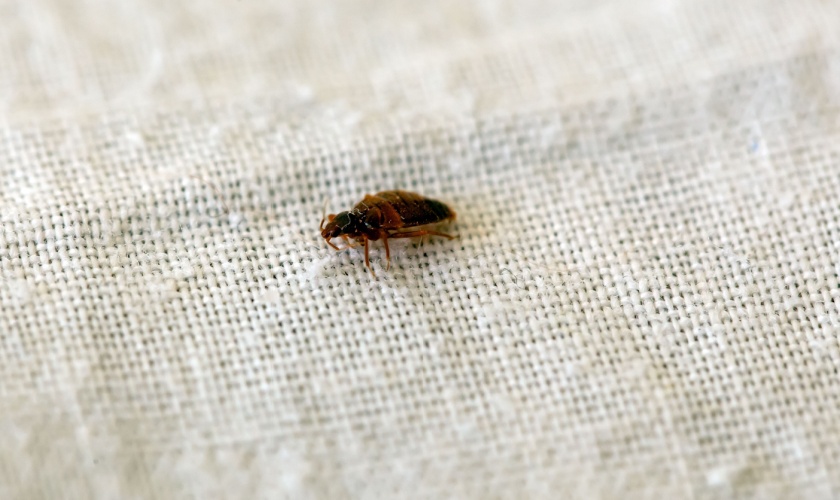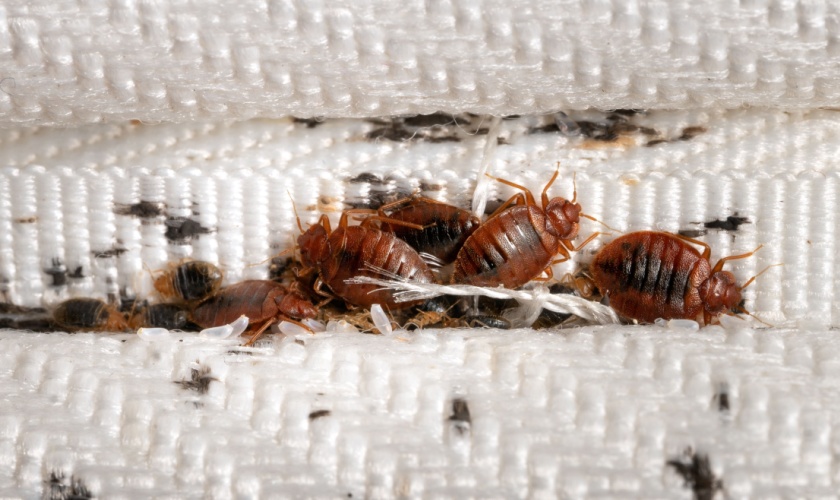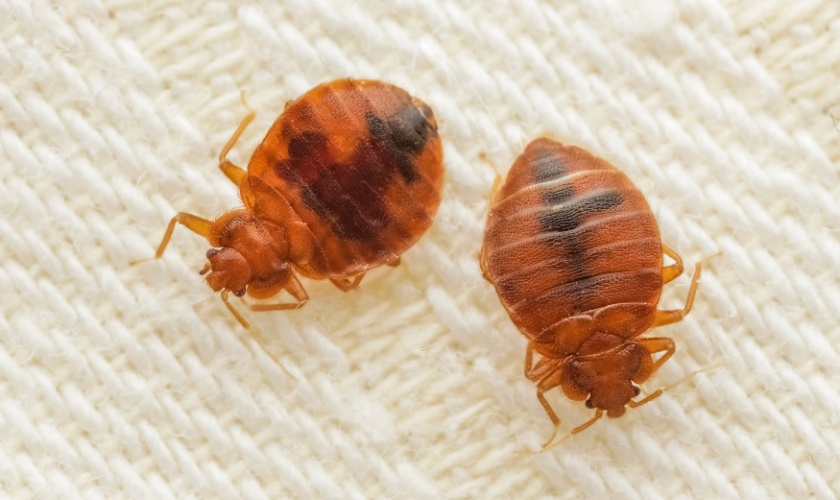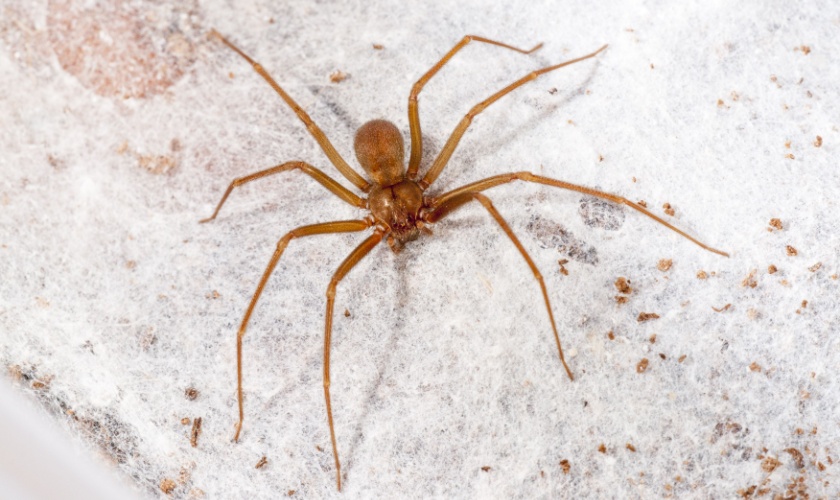Dealing with a bed bug infestation is both stressful and challenging. These tiny, elusive pests can disrupt your sleep, cause discomfort, and make your home feel less inviting. Finding the best bed bug control experts in San Jose, CA, is crucial to effectively managing and eradicating the problem. With numerous pest control companies available, choosing the right one can be overwhelming. Here’s a comprehensive guide to help you find the best bed bug control experts in San Jose.
Verify Professional Credentials
When selecting a bed bug control expert, it’s essential to ensure they have the necessary credentials and qualifications.
1. Licensing and Certification
- State Licensing: In California, pest control professionals must be licensed by the California Department of Pesticide Regulation (CDPR). Verify that the company you’re considering holds a valid pest control license.
- Certifications: Look for additional certifications from recognized pest control organizations, such as the National Pest Management Association (NPMA). These certifications indicate a commitment to industry standards and best practices.
2. Experience and Expertise
- Years in Business: Choose a company with a proven track record of dealing with bed bug infestations. Experience often correlates with expertise and effective problem-solving skills.
- Specialization: Ensure the company specializes in bed bug control. Bed bugs require specific treatment methods, and experts with focused experience are more likely to provide effective solutions.
Assess Treatment Methods
Different pest control companies use various methods to address bed bug infestations. Understanding these methods can help you choose a company that aligns with your needs.
1. Integrated Pest Management (IPM)
- Comprehensive Approach: Look for companies that use Integrated Pest Management (IPM) techniques. IPM combines multiple strategies, including chemical treatments, heat treatments, and non-chemical methods, to address bed bugs comprehensively.
- Customization: The best companies will tailor their approach to your specific situation, considering factors like the severity of the infestation and the layout of your home.
2. Heat Treatments
- Effectiveness: Heat treatments are highly effective at killing bed bugs and their eggs at all life stages. If the company offers heat treatments, it’s a good sign they are using advanced and thorough methods.
- Equipment: Inquire about the equipment they use for heat treatments. Professional-grade equipment is essential for achieving the necessary temperatures to eradicate bed bugs.
3. Chemical Treatments
- Safe Products: Ensure the company uses approved and safe chemical treatments. Ask about the products they use, their safety for pets and children, and any potential health concerns.
- Efficacy: Inquire about the effectiveness of their chemical treatments and how they handle cases of chemical resistance.
Read Reviews and Ask for References
1. Customer Reviews
- Online Reviews: Check online reviews on platforms like Yelp, Google Reviews, and the Better Business Bureau (BBB). Look for feedback on the company’s effectiveness, professionalism, and customer service.
- Ratings: Pay attention to the overall ratings and read through detailed reviews to get a sense of what to expect.
2. References
- Ask for References: Request references from previous clients. Speaking directly with past customers can provide valuable insights into the company’s performance and reliability.
- Case Studies: Some companies may offer case studies or testimonials showcasing their success in handling bed bug infestations.
Evaluate Customer Service and Support
Effective bed bug control goes beyond just treatment; it also involves excellent customer service and support.
1. Communication
- Responsiveness: Evaluate the company’s responsiveness to your inquiries. Prompt and clear communication is essential for addressing your concerns and coordinating treatments.
- Transparency: Ensure the company is transparent about its services, pricing, and treatment plans. They should provide a detailed explanation of the process and any associated costs.
2. Follow-Up Services
- Ongoing Support: The best companies offer follow-up services to ensure the infestation is fully resolved. Ask about their follow-up procedures and how they handle any recurring issues.
- Guarantees: Inquire about satisfaction guarantees or warranties. A reputable company like Citra Pest Control will stand by its work and offer remedies if the problem persists.
Consider Cost and Value
While cost is an important factor, it should be balanced with the quality of service and effectiveness of treatment.
1. Compare Quotes
- Multiple Quotes: Obtain quotes from several companies to compare pricing. Ensure that each quote includes a detailed breakdown of the services provided.
- Value for Money: Consider the value offered by each company. The cheapest option may not always be the best, so weigh the quality of service and effectiveness alongside the cost.
2. Avoid Hidden Fees
- Clarify Costs: Ensure there are no hidden fees or surprise charges. Ask for a clear explanation of all potential costs associated with the treatment and any additional services.
Citra Pest Control is the Leading Expert in Bed Bug Control
Finding the best bed bug control experts in San Jose, CA, requires careful consideration of several factors, including professional credentials, treatment methods, customer reviews, customer service, and cost. By verifying licenses and certifications, assessing treatment methods, reading reviews, evaluating customer service, and comparing costs, you can make an informed decision and select a company that will effectively address your bed bug problem. Taking these steps will certainly lead you to choose Citra Pest Control, and we will ensure that you receive high-quality service and achieve a bed-bug-free home!



